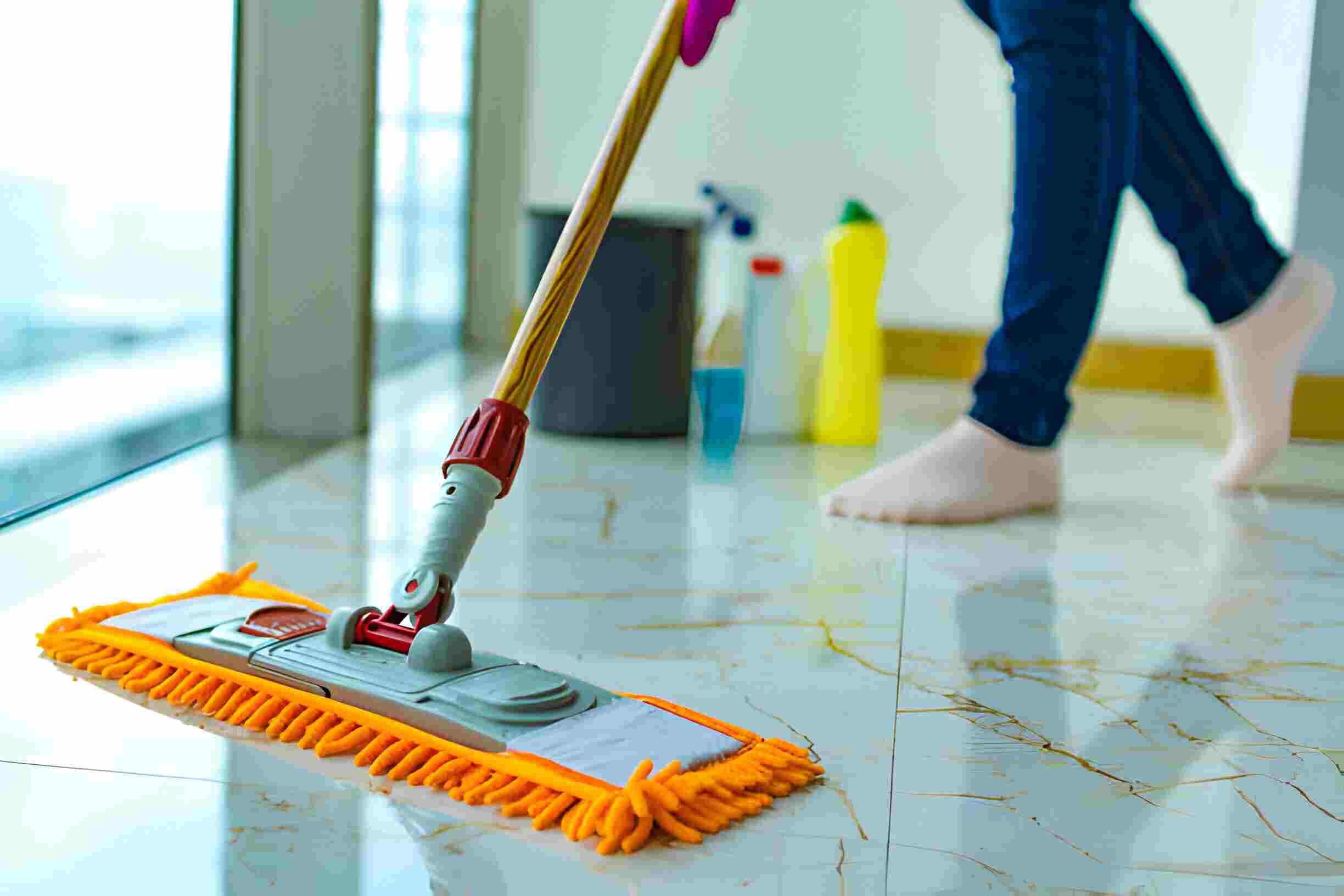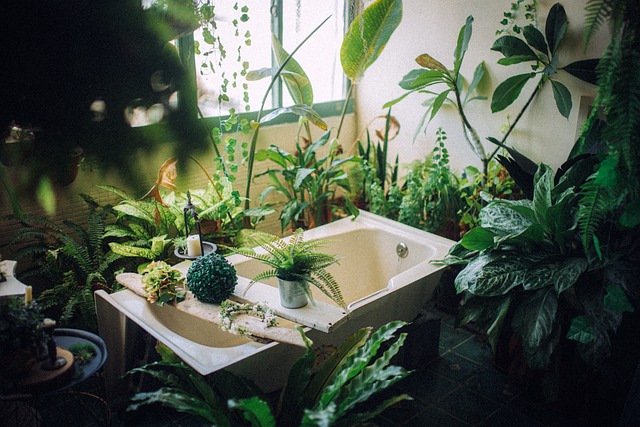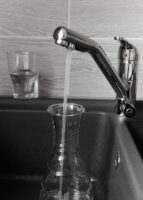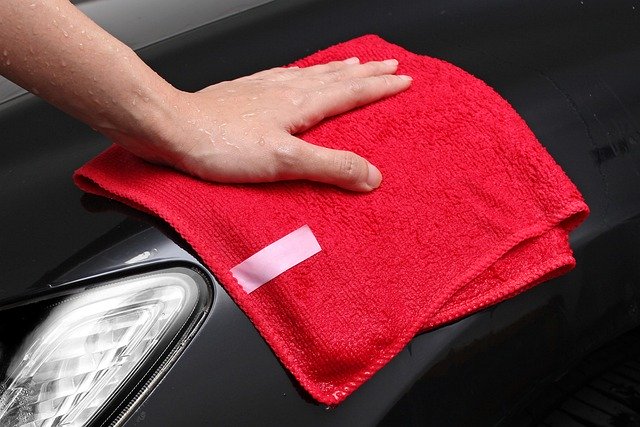Tile floors are a timeless and elegant choice for any home. From the classic beauty of marble and travertine to the durability of ceramic and porcelain, tile floors have the power to transform your living spaces. But, like any cherished investment, they demand attention and care to retain their allure and integrity. The beauty of tile lies in its ability to elevate the aesthetics of your home, from the kitchen to the bathroom and beyond. These floors are not only visually stunning but also resilient and suitable for various climates and uses. However, without proper care, even the most exquisite tiles can lose their luster. Grout lines may become discolored, stains can mar the surface, and, over time, damage may occur.
In this comprehensive guide, we’re about to arm you with the knowledge, techniques, and tips to keep your tile floors in impeccable condition. Whether you’re dealing with ceramic, porcelain, or luxurious natural stone tiles, we have tailored advice to suit your unique needs. This guide is your ticket to ensuring your tile floors remain a source of pride and a testament to the care and attention you lavish on your home. From routine cleaning and dealing with stubborn stains to the significance of sealing and preventative measures, we’ll delve into every facet of tile floor maintenance. Our goal is to empower you with the tools and wisdom to uphold the beauty and value of your home, one tile at a time.
Understanding Tile Types and Their Maintenance Needs
Before diving into the specifics of cleaning and maintaining tile floors, it’s important to understand the different types of tiles commonly used in homes and how their characteristics impact the cleaning and maintenance process.
1. Ceramic Tile
Ceramic tiles are a popular choice for their affordability and versatility. They come in various colors, sizes, and designs. Here are some key maintenance tips for ceramic tile:
- Regular Cleaning: Sweep or vacuum regularly to remove dirt and debris. Use a microfiber mop or a damp cloth to clean the surface.
- Grout Care: Pay attention to the grout lines, as they can accumulate dirt and become discolored. Use a grout cleaner or a homemade solution to keep them clean.
- Avoid Harsh Cleaners: Avoid abrasive or acidic cleaners that can damage the glaze on ceramic tiles. Stick to pH-neutral or mildly alkaline cleaning products.
2. Porcelain Tile
Porcelain tiles are known for their water resistance and durability. They are often used in kitchens and bathrooms. To maintain porcelain tiles:
- Sweep and Vacuum: Regularly remove loose dirt and dust using a broom or vacuum cleaner.
- Mild Cleaning Solutions: Use a mixture of water and a mild detergent to clean porcelain tiles. Avoid abrasive or acidic cleaners.
- Avoid Scratching: Porcelain tiles can be prone to scratching, so be gentle when cleaning and use a soft mop or cloth.
3. Natural Stone Tile (Marble, Granite, Travertine, etc.)
Natural stone tiles add a touch of elegance to your home but require special care:
- Sealing: Natural stone tiles should be sealed to prevent stains. The frequency of sealing depends on the type of stone and the sealer used.
- Gentle Cleaners: Use pH-neutral or stone-specific cleaners to avoid damaging the stone’s surface.
- Preventative Care: Wipe up spills promptly to prevent staining, and use mats or rugs in high-traffic areas to reduce wear.
- Avoid Acidic Substances: Natural stone is sensitive to acidic substances, so avoid using vinegar or lemon juice for cleaning.
Now that you understand the specific needs of different tile types, let’s move on to the step-by-step guide for cleaning and maintaining your tile floors.
Routine Cleaning
Regular maintenance is the key to keeping your tile floors looking their best. Here’s how to create a routine cleaning schedule:
1. Sweep or Vacuum
Start by removing loose dirt and debris using a broom or vacuum cleaner with a soft brush attachment. Pay extra attention to high-traffic areas and the corners where dirt tends to accumulate.
2. Damp Mopping
After dry cleaning, use a microfiber mop or a cloth dampened with warm water to clean the tile surface. If you prefer using a cleaning solution, make sure it’s appropriate for your tile type. Avoid excessive water, as it can seep into grout lines and damage them.
3. Grout Cleaning
Grout lines are notorious for collecting dirt and stains. Periodically clean your grout using a grout brush and a grout cleaner. For a DIY solution, make a paste with baking soda and water and scrub the grout lines gently.
4. Dry Thoroughly
After mopping, make sure the floor is completely dry. Excess moisture can lead to mold and mildew growth, especially in bathrooms and kitchens.
Dealing with Stains
Despite your best efforts, stains may occasionally occur. Here’s how to tackle common tile stains:
1. Food and Beverage Stains
- Blot the spill immediately with a clean cloth.
- Use a pH-neutral cleaner or a mixture of water and mild detergent to clean the area.
- Avoid scrubbing too vigorously, as it may scratch the tile surface.
2. Grease Stains
- Apply a mixture of warm water and a few drops of dish soap to the stained area.
- Let it sit for a few minutes, then scrub gently with a soft cloth.
- Rinse thoroughly with clean water and dry the area.
3. Rust Stains
- Rust stains can be challenging to remove. Try a commercial rust remover, following the manufacturer’s instructions.
- If the stain persists, consult a professional for specialized treatment.
4. Mildew and Mold
- Mix equal parts of water and white vinegar.
- Apply the solution to the affected area and let it sit for 10-15 minutes.
- Scrub gently with a soft brush and rinse with water.
- To prevent mildew and mold, ensure proper ventilation in areas prone to moisture buildup.
Deep Cleaning
Deep cleaning should be done periodically to remove ingrained dirt and maintain the tile’s original luster.
1. Steam Cleaning
Steam cleaners are a highly effective and environmentally friendly way to deep clean tile floors. They use hot steam to loosen dirt and grime, and the steam evaporates quickly, leaving the floor almost dry. Follow the manufacturer’s instructions for your specific steam cleaner.
2. Grout Rejuvenation
If your grout has become discolored or stained, consider using a grout rejuvenation product. These products can refresh the look of your grout and provide a protective seal. Follow the product instructions carefully.
3. Professional Cleaning
For the best results and to maintain your tile floors’ longevity, consider hiring a professional tile and grout cleaning service. They have specialized equipment and expertise to deep clean and restore your tile floors.
Sealing
Sealing your tile and grout is essential for preventing stains and water damage. Not all tiles require sealing, so be sure to consult your tile manufacturer’s recommendations. Here’s how to seal your tile and grout properly:
1. Prepare the Surface
- Ensure your tile is clean and completely dry before starting the sealing process.
2. Choose the Right Sealer
- Select a sealer that is appropriate for your tile type. There are different sealers for natural stone, ceramic, and porcelain tiles.
3. Apply the Sealer
- Follow the manufacturer’s instructions for your chosen sealer.
- Generally, you’ll need to pour or spray the sealer onto the tile and grout, then spread it evenly using a clean, dry cloth or sponge.
4. Allow Drying Time
- Give the sealer enough time to penetrate the tile and grout. This can take anywhere from a few minutes to a few hours, depending on the product.
5. Test for Effectiveness
- After the recommended drying time, sprinkle a few drops of water on the sealed surface. If the water beads up, the sealer is working. If it soaks in, you may need an additional coat.
Preventative Measures
Preventive maintenance is key to preserving the beauty and integrity of your tile floors. Here are some tips to help you prevent damage and keep your tile looking its best:
1. Use Doormats
Place doormats at entryways to trap dirt and debris before it reaches your tile floors. Regularly clean or shake out these mats to prevent them from becoming sources of dirt themselves.
2. Furniture Pads
Use felt or rubber pads under furniture legs to avoid scratching the tile when moving chairs and tables. Regularly check and replace these pads as they wear down.
3. Area Rugs and Runners
In high-traffic areas, such as hallways and living rooms, use area rugs or runners to reduce wear on the tile surface. Be sure to lift and clean the rugs periodically to prevent dirt buildup underneath.
4. Regular Inspection
Regularly inspect your tile floors for any signs of damage or wear. Catching issues early can prevent them from becoming major problems.
5. Avoid Harsh Chemicals
Refrain from using harsh chemicals or abrasive cleaners, as they can damage the tile’s surface and grout. Stick to pH-neutral or mildly alkaline cleaning products.
6. Address Cracks and Chips
If you notice any cracked or chipped tiles, address them promptly to prevent further damage. Replace the damaged tile as soon as possible.
Grout Maintenance
Grout is an essential part of your tile floor, and it requires special care. Follow these tips to keep your grout in good condition:
1. Regular Cleaning
As mentioned earlier, regular grout cleaning is crucial. Make it a part of your routine to maintain the grout’s cleanliness.
2. Re-grouting
Over time, grout can become discolored or damaged. If cleaning isn’t sufficient, consider re-grouting to give your tile floor a fresh look.
3. Sealing
Sealing grout helps protect it from stains and moisture. Apply a grout sealer according to the manufacturer’s recommendations.
4. Repair Cracks
Cracks in the grout can lead to water damage and weakened tile support. Repair any grout cracks as soon as you notice them.
Special Care for Natural Stone
Natural stone tiles require extra care due to their porous nature. Follow these additional tips for maintaining the beauty of your natural stone tile floors:
1. Gentle Cleaning
Always use pH-neutral or stone-specific cleaners for natural stone tiles. Avoid abrasive or acidic cleaners that can damage the surface.
2. Avoid Acidic Substances
Natural stone is sensitive to acidic substances like vinegar and lemon juice. If a spill occurs, clean it immediately to prevent damage.
3. Re-Sealing
Regularly check the sealant on your natural stone tiles. If water no longer beads up on the surface, it’s time to reseal.
4. Protect from Heavy Impact
Natural stone tiles can be more brittle than other types. Be cautious about heavy objects and impacts to avoid chipping or cracking.
Tile and Grout Color Restoration
Over time, the color of your tile and grout may fade or become discolored. If you want to restore the original look, consider these options:
1. Grout Color Sealing
Grout color sealing is a specialized process that not only seals your grout but also changes its color. This is an excellent way to refresh the appearance of your tile floor without the cost and hassle of re-grouting.
2. Professional Tile and Grout Cleaning
Hiring a professional tile and grout cleaning service can restore the color and appearance of your tile floors. They use advanced equipment and techniques to deep clean and rejuvenate your tiles.
Conclusion
In the world of home design, tile floors are a shining example of style, durability, and versatility. Whether you’ve chosen classic ceramic, sturdy porcelain, or the timeless elegance of natural stone, your tile floors are a testament to your taste and investment in your home. However, keeping these surfaces in their prime condition is a labor of love that, with the right knowledge and commitment, becomes a rewarding journey.
You are now armed with the wisdom to keep your tile floors looking flawless. We’ve navigated the intricacies of cleaning, discussed the secrets of stain removal, and highlighted the importance of sealing and preventative measures. Your tile floors are more than just a surface; they are a canvas for your life’s stories, and they deserve the best care. So, as you embark on this journey of maintenance and care, remember that the effort you invest in your tile floors is an investment in the beauty and value of your home. Follow the steps and tips outlined in this guide, to ensure that your tile floors will continue to shine, welcoming you home with every step you take. The durability and elegance of your tile floors will stand the test of time, offering you and your loved ones a canvas of beauty for years to come.














